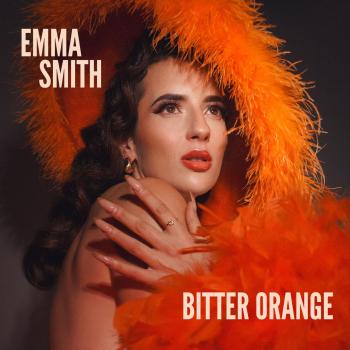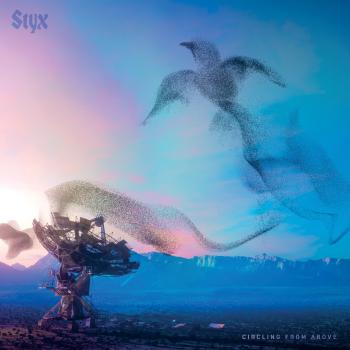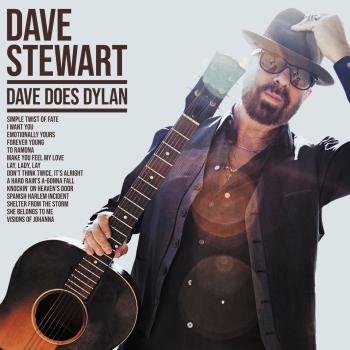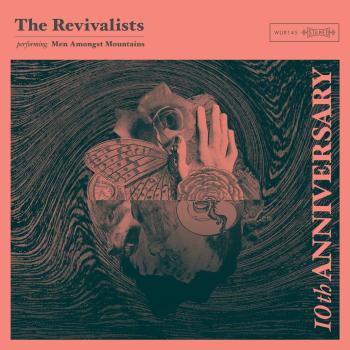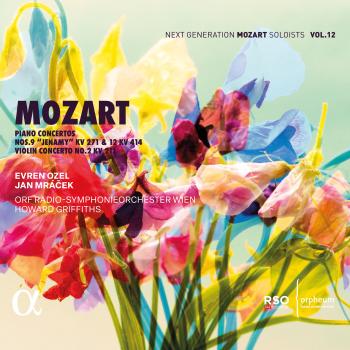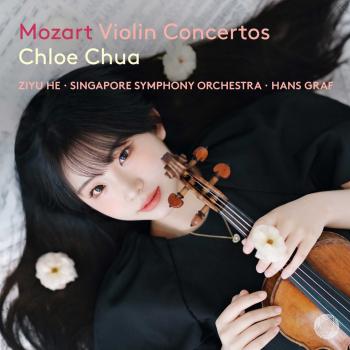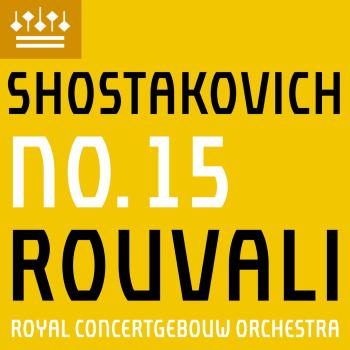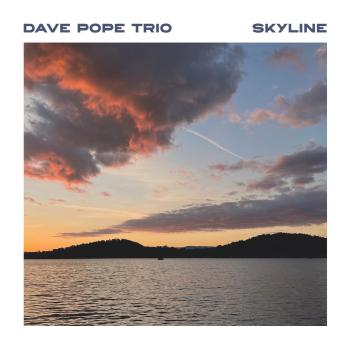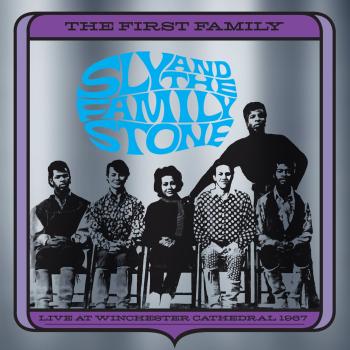
Grand duo brillant Art Chamber Duo
Album info
Album-Release:
2020
HRA-Release:
06.11.2020
Label: RecArt
Genre: Classical
Subgenre: Chamber Music
Artist: Art Chamber Duo
Composer: Edward Wolff (1816-1880), Henri Vieuxtemps (1820-1991)
Album including Album cover
- Henri Vieuxtemps (1820 - 1881) & Édouard Wolff (1816 - 1880):
- 1 Duo brillant sur des thèmes de l'opéra "Orphée" (After Gluck's Wq. 30) 10:13
- 2 Duo brillant sur "Les noces de Figaro" (After Mozart's K. 492) 10:24
- 3 Scène et romance de l'opéra "Halka" (After Moniuszko) [Version for Violin & Piano] 05:59
- 4 Duo sur des motifs de "Raymond" (After Thomas) 11:58
Info for Grand duo brillant
The 19th-century chamber music is the music of salons and virtuosic brillant pieces. Aristocratic salons, often represented by female aristocrats, or salons of artists, instrument builders or publishers were the places where meetings of social-integrative character were organized. This was a kind of a new code of cultural communication, with an enormous contribution on the part of music. The works presented on this CD perfectly fit into this tradition. They are great virtuosic duos, often an outcome of some collaboration between two composers, who also performed them, as the salon-concert repertoire was actually dominated by artists’ own compositions. Duo brillant is most frequently a violin and piano duo, the main canvas of which being a theme derived from an already composed and very popular at the time work. The pieces that enjoyed the greatest popularity were variations and fantasias for a duo, based on the themes from well-known operas. And this is the repertoire one can hear on this CD. It presents four Grand Duos by the two composers: Edward Wolff and Henri Vieuxtemps, written in the period of 1852-1864. Among them, there is an arrangement-romance based on the ‘Halka’ opera by Stanisław Moniuszko, composed by Vieuxtemps only. This fact is very important for the reception of Polish music at the time when the Republic of Poland was erased from the map of Europe. The other three pieces, written by both composers, are arrangements of popular themes from ‘The Marriage of Figaro’ by Wolfgang Amadeus Mozart, ‘Orpheus and Eurydice’ by Christoph Willibald Gluck and ‘Raymond or the Queen’s Secret’ by Ambroise Thomas.
The figure of Edward Wolff (1814-1880) should be definitely given a particular attention in this place. Born in Warsaw, a brother of Henryk and Józef Wieniawski’s mother Regina Wolff, he not only helped his nephews in their first steps to the worldwide artistic career but first and foremost he was a particularly talented pianist himself. Still in Poland, he studied harmony and composition with Józef Elsner. After his definite departure for Paris in 1835, he quickly achieved success. Critics hailed him one of the most eminent virtuosos of the time. Also his compositions, spanning about 350 opuses, were widely recognized and frequently published by Parisian publishers. He gave a lot of concerts. For some time his artistic path intertwined with Henri Vieuxtemps’s career. They co-participated in a tour of France in 1868. And it was during these concerts that their duos for violin and piano, co-written and performed together, excited genuine admiration of the listeners. Henri Vieuxtemps (1820-1881) was a renowned Belgian virtuoso violinist, like Henryk Wieniawski, composer and pedagogue. He was born into a family with music traditions. He studied with Charles de Bériot. His life was largely connected with Paris. He performed all over Europe, always very successfully. In 1846-1851, he performed the function of a royal violinist at the tzar’s court in Petersburg and worked as a professor at the Conservatory. He significantly contributed to the development of the Russian violin school. One can find similar strands in the biography of Henryk Wieniawski, who actually replaced Vieuxtemps at the Petersburg Conservatory. His works encompass over 60 opuses of primarily virtuosic character.
Edward Wolff and Henri Vieuxtemps made an impression on their audience thanks to brilliant technique, virtuosity and elegance of their performance but they also aroused emotions and stirred imagination. Their performances triggered enthusiastic reactions of their listeners, they were loudly applauded and highly acclaimed by critics. They fully met the needs of their epoch. Still, nothing has changed and the 21st-century audience still finds this music moving. This is the message conveyed to us by the Art Chamber Duo – Julita Przybylska-Nowak (piano) and Jarosław Pietrzak (violin), the performers of the repertoire presented on the CD. Duo brillant in their rendition unquestionably proves that it is still the music providing a wide range of expression, not a silly, meaningless trinket. It is worth our attention and, together with the musicians, we should gain an insight into its depth as well as enjoy its airiness.
Jarosław Pietrzak, violin
Julita Przybylska-Nowak, piano
No biography found.
This album contains no booklet.

